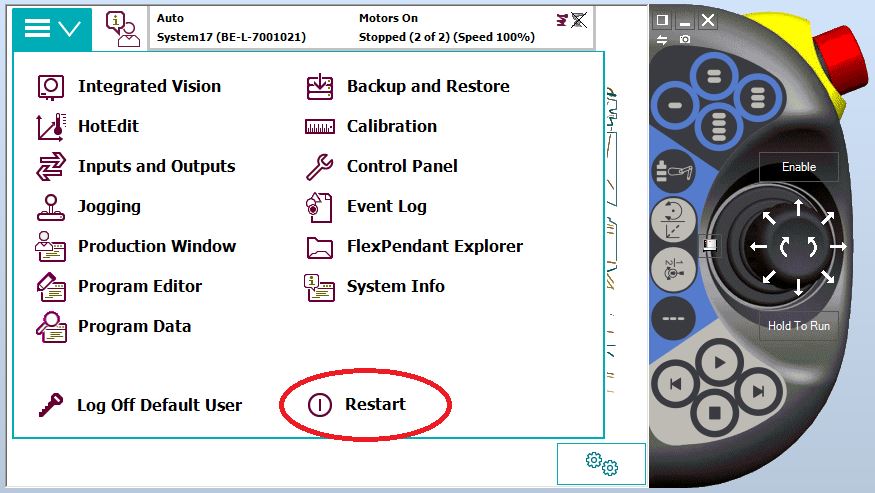


The following tutorials are provided to demonstrate installation and operation of an ABB robot using the ROS Industrial interfaces: If you did that correctly, try: roscd abb_node To set up the ROS node (Fuerte only at the moment), copy abb_node to somewhere in your $ROS_PACKAGE_PATH.Note that you must either copy abb_node/packages/abb_comm/abb.py to your local directory or somewhere included in your PYTHONPATH environment.Before trying ROS, it's pretty easy to check functionality using the simple python interface.Try pinging the robot (default IP is 192.168.125.1).Verify that your computer is on the same subnet as the robot.Production Window->PP to Main, then press the play button.

In SERVER.mod, check to make sure the "ipController" specified is the same as your robot.For position feedback, install the RAPID module 'LOGGER' into another task.Using RobotStudio online mode is the easiest way to do this, check out the wiki article for details."Multitasking" (required for position feedback stream).Robot must have the following factory software options.You can also include the Python or C++ libraries to communicate with the robot directly (both located in abb_node/packages/abb_comm), and bypass ROS completely. You can use the ROS driver, which allows control using ROS services and publishers.

The second is a series of libraries to interact with the robot from remote computers, using several different control schemes. The first is a program which is written in the ABB robot control language, RAPID, which allows remote clients to send requests for actions (such as joint moves, cartesian moves, speed changes, etc.). Open-abb-driver consists of two main parts. 补充: open-abb-driver Control ABB robots remotely with ROS, Python, or C++ What is it?


 0 kommentar(er)
0 kommentar(er)
